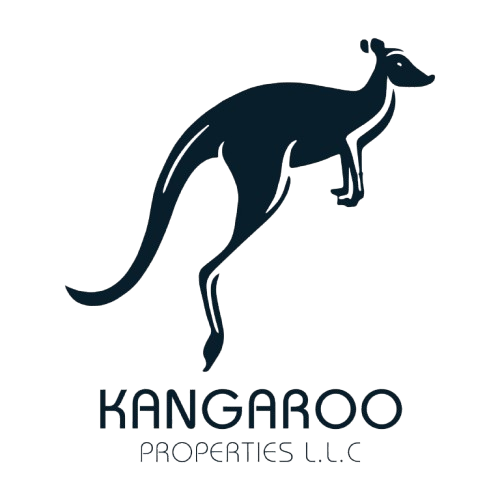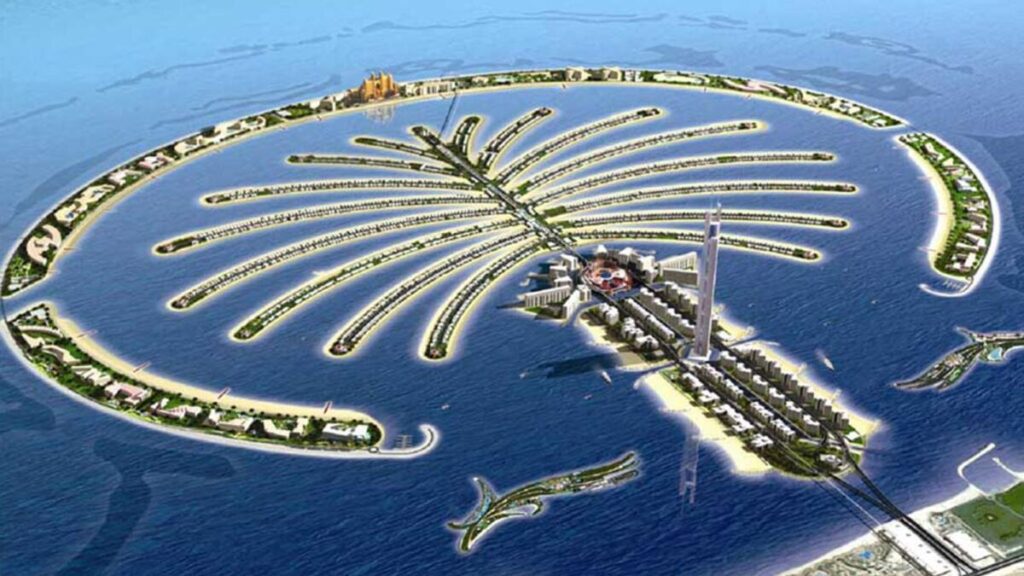The Palm Jumeirah is an iconic man-made island shaped like a palm tree, spanning 7 million square meters and stretching 6.5 kilometers into the Arabian Gulf. Surrounded by a 12-kilometer crescent-shaped breakwater, constructed with over 7 million tons of rock and sand, it extends 5 kilometers into the sea, south of Dubai city.
The development took around four years of meticulous planning and environmental studies to ensure that its construction would have minimal impact on nature. Today, it stands as the largest man-made island, covering 560 hectares of land. The island is composed of three main sections: The Palm Trunk, The Palm Fronds, and The Palm Crescent.
Accessible via 300-meter bridges from the mainland or by boat to two marinas, the island also features a monorail system along the main causeway. Palm Jumeirah boasts 17 large fronds, solidifying Dubai’s status as a premier global tourist destination. It is home to luxury hotels, exclusive beachside villas, residential apartments, two marinas, a waterpark, restaurants, shopping malls, sports facilities, health spas, and cinemas.
The Palm Fronds are known for their luxurious villas, which come in two main styles: Garden Homes (4-5 bedrooms) and Signature Villas (5-7 bedrooms). Villa prices vary depending on the frond’s location and villa number, with properties on higher fronds typically commanding higher prices.
The Palm Trunk features six residential complexes offering a variety of apartment designs, including Marina Residences, Oceana, Tiara, Shoreline Apartments, Fairmont Residences, and Golden Mile, with some units offering direct beach access.
The Palm Crescent is home to some of the world’s most luxurious hotels, such as Kempinski Palm Jumeirah Residences, The Grandeur Residences, Atlantis The Palm, and Emerald Palace Residences, making it a hub for luxury living and tourism.


